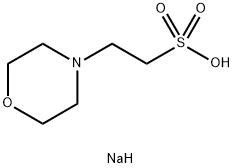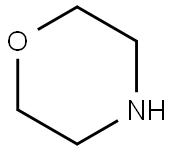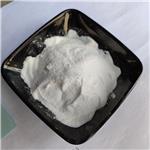Chemical Properties
White powder
Uses
MES Sodium is a biological buffer often referred to as a “Good′s” buffer. The pKa of MES is 5.96 which makes MES an ideal candidate for cell culture media and protein based buffer formulations to maintain a stable environment in solution. MES Sodium is considered to be non-toxic to culture cell lines, highly water soluble and provides high-solution clarity.
MES Sodium is used in cell culture media, biopharmaceutical buffer formulations (both upstream and downstream) and diagnostic reagents. MES based buffers are used in purification bioprocesses of antibodies, peptides, proteins and blood components.
Uses
MES sodium salt is a buffering agent used in biological and biochemical research including plant cell culture. It has been used:
To achieve the required density and stretching of DNA fibers during melting of agarose plugs containing genomic DNA.
To equilibrate the Balch homogenizer chamber and to prevent sample hydrolysis before sample homogenization.
Definition
ChEBI: Sodium 2-(N-morpholino)ethanesulfonate is the organic sodium salt that is the sodium salt of 2-(N-morpholino)ethanesulfonic acid. It contains a 2-(N-morpholino)ethanesulfonate.
Preparation
The amine starting material, aqueous sodium 2-hydroxyethanesulfonate, and aqueous 50 percent sodium hydroxide were charged to the autoclave for reaction. After purification, MES sodium salt can be obtained.

General Description
MES is one of the so-called "Good" buffers developed for biological applications. This product is BioPerformance certified (suitable for electrophoresis, tissue culture, and molecular biology applications. A buffer using MES free acid can be prepared by titrating the free acid with sodium hydroxide to the desired pH (pKa=±1). Alternatively, volumes of equimolar solutions of MES free acid and MES sodium can be mixed to attain the desired pH. Standard mixing tables using stock solutions to prepare a buffer of a given pH have been published.
Flammability and Explosibility
Not classified







